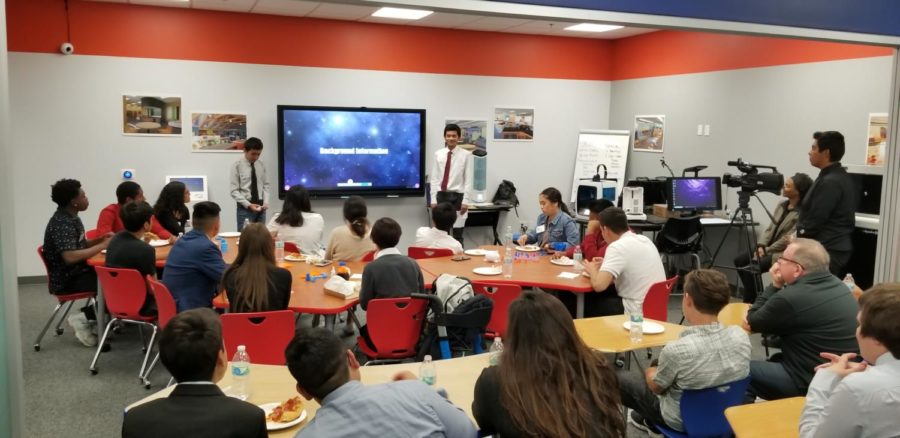Computers in the Classroom
How do computers affect education?
February 2, 2023
During 2019, the COVID pandemic swept through the world. As a result, schools and universities were closed, leaving many students and parents wondering how the school year was going to continue. Many schools and universities started using online chat rooms, such as Zoom and Google Meets to resume classes. With help from other online resources such as Google Classroom, school slowly started back up. Google Classroom allows students and parents to see what assignments are due, when they are due, and which classes have work. As this became the new normal, both students and educators became more comfortable with this new form of learning. So much so, that laptops and online classrooms were still in use after the pandemic had subsided. But is this form of learning better or equal to paper and pencil work?
Several studies have been conducted on this matter to try and answer this question. Even before the COVID-19 pandemic, some universities were implementing technology into their classrooms. A 2016 study by Michigan State University conducted by Assistant Professor Binbin Zheng looked at almost 100 studies about the use of laptops in learning environments. The study concluded that when schools provided students with laptops, learning improved in a wide range of subjects including science, math, and English.
Zhemg states that, “Students received more feedback on their writing, edited and revised their papers more often, drew on a wider range of resources to write, and published or shared their work with others more often.”
Other benefits of technology can be observed outside of just virtual classrooms. According to Drexel University, Power Points and games can help foster student learning by making learning fun and engaging. When these games are used correctly, it can improve student learning. Laptops especially appeal to students who prefer visual learning. To see images or models online that cannot be created in the classroom can really help students visualize lessons.
Using laptops also helps students prepare for the real world. A lot of jobs use computers or computer applications. Teaching students about these programs at a young age will help them be ready for jobs in the future.
But on the other hand, laptops do have their downsides. For one, students can get distracted easily with the whole internet at their fingertips. It is extremely easy for kids to get bored with the lesson and open up a game. But there are methods to counter this unproductive behavior. Firstly, a custom block list can be added to school issued computers to prevent students from getting off task. Another strategy that teachers can implement is creating a custom WiFi network to restrict certain websites that students are not supposed to be viewing. Programs such as GoGuardian have been developed to monitor students’ screens and keep them on task. GoGuardian allows teachers to create a class and view all students’ screens in that class. The program also allows teachers to chat with students and close tabs that students should not be viewing.
Another problem that laptops pose is the lack of social interaction. If students’ heads are buried in their screens, it does not allow them to talk and socialize with peers. Socialization is an essential part of growing up, if students are deprived of this social interaction it could hurt them a lot more than the laptops will help them.
In the end, whether or not to use laptops will ultimately depend on the type of learner that student is. Not everybody will learn the same way, so not everybody can benefit from the use of technology in the classroom.







